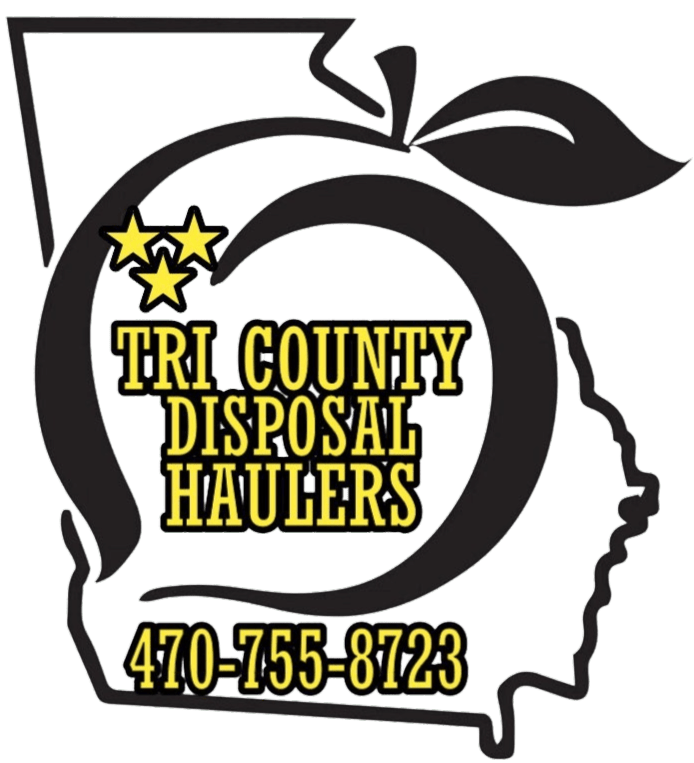
Moving into a new home is one of life’s most exciting moments around. You’re filled with anticipation and dreams of making a space truly your own and all your work has paid off! For new homeowners, the journey from house hunting to finally securing their dream home is truly a thrilling adventure. However, the reality of moving in—de-cluttering, renovating, and organizing—can quickly turn into an overwhelming task were all dreading. This is where a dumpster rentals can be a game-changer. But for many first-time homeowners, the process of renting a dumpster might seem daunting and confusing. If you’re in this boat, don’t worry! We’ve got you covered with essential tips and tricks to help you make the most of any dumpster rental project. Here are the Do’s and Dont’s from the Pros:
Do’s for a Successful Dumpster Rental
1. Jot Down Your Rental Plan
Planning is key to ensuring you get the right dumpster size and placement. Here are a few suggestions from the Pros:
- Estimate the Volume: Assess the amount of waste and debris you’ll generate. Dumpster rental sizes vary, at Tri County Haulers we offer from 14 to 20 cubic yards. Overestimating is better than underestimating to avoid needing an additional rental.
- Check Local Regulations: Some areas have restrictions on dumpster placement and what you can dispose of. Verify your Georgia local rules websites to ensure compliance.
2. Choose the Right Size Container
Selecting the appropriate dumpster size is important. A too-small dumpster means additional costs and bothers of ordering another one, while a too-large dumpster rental could be unnecessary and more expensive. Here’s a quick guide for what we can do to help:
- 14-Yard Dumpster Rental: Perfect for small cleanouts, yard debris, and minor renovations.
- 20-Yard Dumpster Rental: Suitable for medium-sized projects, such as kitchen remodels or basement clean outs and home renovations.
3. Position Strategically
Placement is an essential for both ease and safety. Here’s Why:
- Accessibility: Ensure the dumpster is easily accessible for you and large trucks when picking up and dropping off.
- Surface Protection: Place the dumpster rental on a level surface to prevent damage to your property. Pro Tip: Use plywood or boards to protect your driveway or yard.
- Regulations: Revise local guidelines on dumpster placement, avoiding blocking sidewalks, drive ways, cars, or public access.
4. Sort Your Materials Carefully
Not all items can go into a dumpster. Sorting your waste ensures efficient disposal and prevents potential fines. Separate your waste in these categories:
- Permitted Items: General household waste, construction debris, yard waste, and certain types of furniture.
- Prohibited Items: Hazardous materials (paints, chemicals, asbestos), electronics, tires, and appliances with Freon.
5. Monitor the Fill Level Consistently
Overfilling your dumpster can result in additional charges and unwanted safety hazards:
- Fill Evenly: Distribute waste evenly to avoid tipping. We recommend laying down heavier materials first by the wheels then carefully covering after stacking.
- Stay Below the Rim: Do not exceed the top edge of the dumpster to comply with transportation laws and ensure safe hauling.
Don’ts for a Hassle Free Set-Up
1. Don’t Dispose of Prohibited Items
Dumpsters have strict guidelines on what can be disposed of. Improper disposal can lead to hefty fines and environmental harm all around. Prohibited items include:
- Hazardous Materials: Chemicals, batteries, and flammable liquids.
- Electronics: TVs, computers, and other electronic devices.
- Appliances: Refrigerators and air conditioners with refrigerants.
2. Don’t Ignore Local Regulations
Compliance with local laws is crucial. Ignoring regulations can result in:
- Fines: Non-compliance can cause added penalties.
- Delays: Regulatory breaches might require you to relocate the dumpster or change disposal methods.
- Environmental Impact: Proper disposal ensures minimal environmental footprint.
3. Don’t Forget to Cover the Dumpster
If your dumpster will be on-site for an extended period or if rain is forcasted:
- Use a Tarp: Covering the dumpster can prevent water from increasing the weight and causing leaks in unwanted areas.
- Secure the Lid: If your dumpster has a lid, keep it closed to avoid unauthorized dumping and pest intrusion.
4. Don’t Keep the Dumpster Too Long
Holding onto the dumpster beyond the agreed rental period can incur additional fees. Plan your project scope carefully to avoid added costs:
- Set Clear Deadlines: Estimate the duration needed and add a buffer for unexpected delays.
- Keep In Touch: Keep our dumpster rental company informed of any changes to your timeline.
5. Don’t Overload The Bin
Avoid the habit to cram as much as possible into your dumpster. Overloading can:
- Increase Costs: Additional fees may apply if the dumpster exceeds weight limits.
- Cause Delays: Refusal to haul an overloaded dumpster, delaying your project.
- Pose Safety Risks: Overfilled dumpsters can spill debris during transport, creating hazards for other traffic and people.
Embarking on the journey of home ownership is an exhilarating experience, but the initial steps of moving in and organizing can feel like an uphill battle. By understanding the ins and outs of dumpster renting, new homeowners can turn this challenging phase into a smooth and efficient process. From choosing the right size to adhering to local regulations, these tips ensure that your move-in is as seamless as possible. So, embrace your new adventure, and let a well-planned dumpster rental help you transform your dream home into a beautiful, clutter-free reality. With a bit of preparation and the right steps, you’ll be settling into your new sanctuary in no time, ready to enjoy all the joys and comforts it brings. For more tips and reliable dumpster rental services, Contact Us Today!
